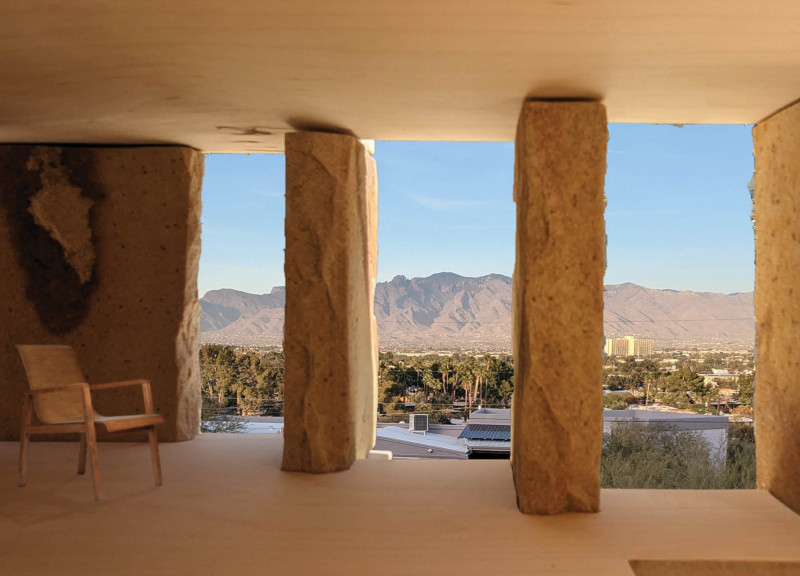5 key facts about this project
At its core, the project serves as a multifunctional space intended for community engagement. It integrates both social and recreational elements, inviting a diverse group of users through a well-considered layout and design aesthetic. The architecture emphasizes transparency and openness, encouraging interaction among users while providing areas that promote both collaborative and individual activities. Large windows and open spaces flood the interiors with natural light, further blurring the boundary between the indoor and outdoor environments.
The materiality chosen for this project plays a significant role in defining its character. The architectural design incorporates locally sourced materials, which supports sustainability efforts and connects the structure to its geographic context. Commonly used materials within the project include reinforced concrete, reclaimed wood, glass, and steel. Reinforced concrete serves as the primary structural component, providing durability and strength. The use of reclaimed wood not only adds warmth to the interiors but also contributes to the overall ecological investment of the project. Glass elements are prominent, evoking a sense of openness and allowing for visual connections to the surrounding landscape. Steel is introduced thoughtfully, providing structural support while also adding to the design’s modern aesthetic.
One of the unique design approaches evident in this project is the integration of green spaces within the architecture. The design incorporates lush landscaping that seamlessly flows both into and out of the building. This feature is not simply aesthetic; it also plays a role in enhancing the local biodiversity and air quality, fostering a greater connection between the users and nature. Roof gardens and vertical plantings have been strategically placed to improve insulation and reduce the urban heat island effect, showcasing a forward-thinking approach to environmental responsibility.
Moreover, the project has taken innovative steps to ensure accessibility and inclusivity in its design. Pathways and entrances are designed to accommodate individuals of all abilities, ensuring that the space serves the community as a whole. Attention to every detail, from bench placements to signage, reflects a commitment to creating an environment that promotes well-being and engagement.
The design outcomes are evident in the way the building interacts with its site. The architectural design is characterized by fluid lines and a harmonious relationship with the topography. The form of the building complements the natural landscape, creating a dialogue between the structure and its environment. This interaction not only enhances the aesthetic appeal but also reinforces the building's purpose as a community gathering place.
In summary, this architectural project illustrates a comprehensive understanding of the demands and opportunities of contemporary design. Through its thoughtful approach to materiality, sustainability, and user experience, the project stands as a testament to modern architectural ideologies. For those interested in delving deeper into the specifics of this project, including architectural plans, architectural sections, and architectural ideas, the project presentation offers a wealth of information and insight. The intricate details and innovative solutions presented within the designs merit further exploration, inspiring a greater understanding of contemporary architectural practices and their impact on community engagement.


 Sheehan D Wachter
Sheehan D Wachter 




















